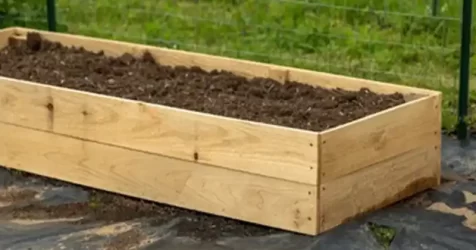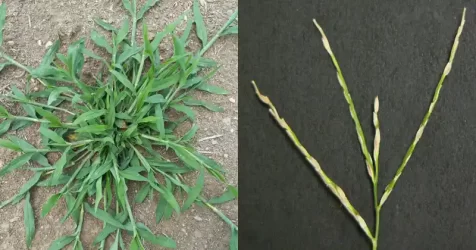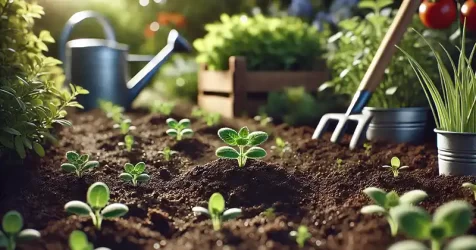How to Build a Potato Tower: A Step-by-Step Guide to Efficient Gardening
Growing potatoes in a limited space can be challenging, but with a potato tower, you can maximize your yield in a compact area. Potato towers, especially those using straw, are an excellent solution for urban gardeners or those with small gardens. Here’s an in-depth guide on how to build one, along with its benefits.
Benefits of a Potato Tower
- Space Efficiency: Potato towers require minimal ground space, making them perfect for small gardens or balconies.
- Ease of Harvest: Harvesting potatoes from a tower is easier than digging them out of the ground.
- Reduced Pest and Disease Risk: Elevating the growing medium helps protect the crop from soil-borne pests and diseases.
- Improved Drainage and Aeration: The structure of a tower allows for better air and water flow, crucial for healthy potato growth.
Materials Needed

- Wire fencing or a large mesh cylinder
- Straw, preferably weed-free
- Compost and soil
- Seed potatoes
- Watering can or hose
- Gardening gloves
Step-by-Step Guide to Building a Potato Tower
1. Choose a Sunny Location:
- Potatoes thrive in sunlight, so select a spot that receives at least 6 hours of direct sunlight daily.
2. Prepare the Tower Structure:
- Cut a piece of wire fencing to create a cylinder about 2 to 3 feet in diameter and 3 to 4 feet high.
- Secure the edges to form the tower.
3. Layer the Base:
- Start with a layer of straw at the bottom of the tower for drainage.
- Add a mix of soil and compost, about 6 inches deep.
4. Plant Seed Potatoes:

- Place seed potatoes on the soil layer, with eyes facing upward.
- Space them about 6 inches apart.
- Cover them with another layer of soil and compost.
5. Continue Building Up:
- As the potato plants grow, keep adding layers of straw around the sides of the tower and more soil-compost mix to cover the stems, leaving only the top few inches of the plant exposed.
- This encourages more potatoes to form along the buried stems.
6. Watering and Care:
- Water the tower regularly, keeping the soil moist but not waterlogged.
- Avoid over-watering as it can lead to rot.
7. Harvesting:
- Potatoes are ready to harvest once the foliage starts to yellow and die back.
- Gently remove the straw and soil from the sides of the tower to access the potatoes.

Additional Tips
- Choosing Potatoes: Use certified seed potatoes to reduce the risk of disease.
- Tower Placement: If mobility is a concern, place the tower on a platform with wheels.
- Monitoring for Pests: Regularly check for signs of pests and address them promptly to ensure a healthy crop.
Building a potato tower is a rewarding project for any gardener. It’s an innovative way to grow a staple crop in a limited space, with the added benefits of ease of care and harvest. By following these steps, you’ll enjoy a bountiful potato harvest that’s both efficient and enjoyable. Happy gardening!



















